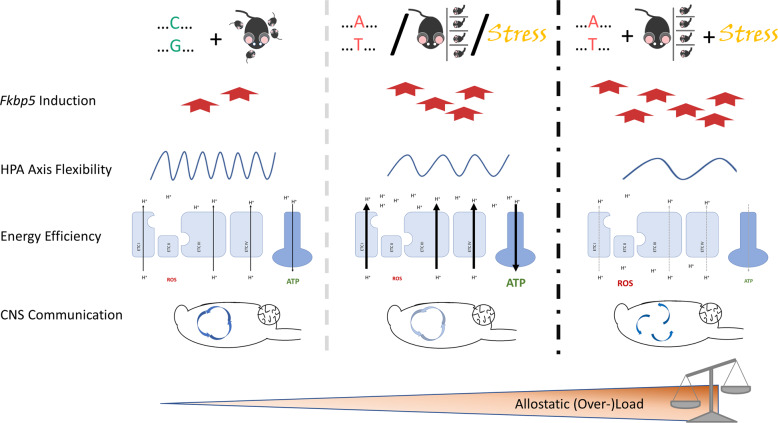Fig. 7. Proposed sequence of alterations in the stress response system on cellular and brain circuit level in health, allostasis, and allostatic overload.
The normal induction of Fkbp5 upon challenge in CG-allele carriers with undisturbed maternal care allows for dynamic ultradian and circadian rhythms of the HPA axis (left). In parallel, the electron transport chain (ETC) in the mitochondrial membrane produces energy in the form of adenosine-triphosphate (ATP) and few reactive oxygen species (ROS), while brain regions involved in stress regulation such as hypothalamus, hippocampus, pre-frontal cortex and amygdala engage in interconnected communication. Carriers of the AT-allele, or individuals exposed to early life adversity or mild chronic stress show signs of allostatic load (centre). The affected individuals display a higher induction of Fkbp5 and an attenuated rhythmicity of the HPA axis. The associated increase in nadir glucocorticoid levels is linked to higher expression of genes related to oxidative phosphorylation, resulting in elevated mitochondrial respiration and ATP production, and to a lower expression of genes involved in synaptic communication. In the proposed triple-hit condition, a further increase in the levels of Fkbp5 could interfere with the negative feedback to the HPA axis and delay the termination of the stress response (right). As consequence of prolonged stress, the ETC might suffer from wear and tear resulting in a decreased efficiency in ATP production combined with elevated ROS generation and oxidative stress. Moreover, the reduced communication between stress-regulating brain regions could manifest in uncoupling of the brain circuits and asynchronous neural signalling. The here described Fkbp5-humanised mice will support future work to validate this scenario.

